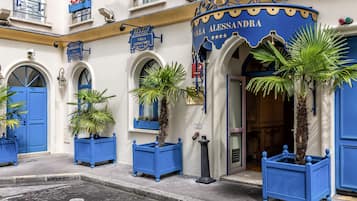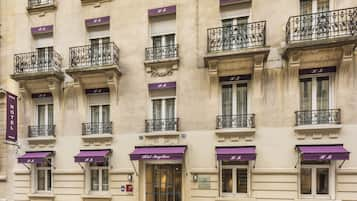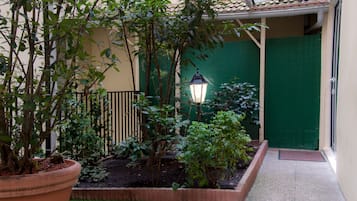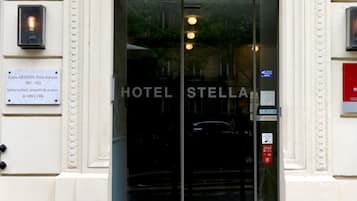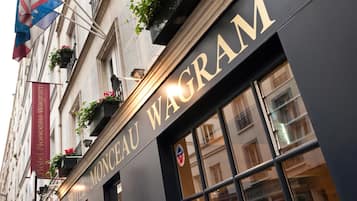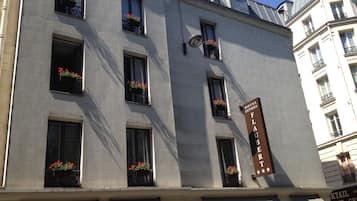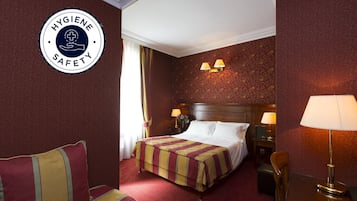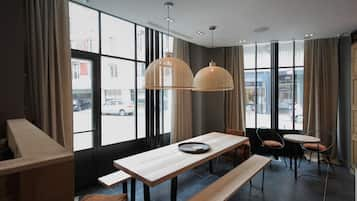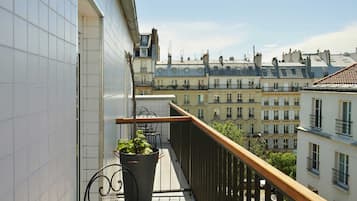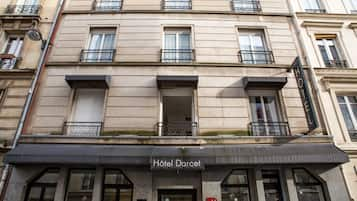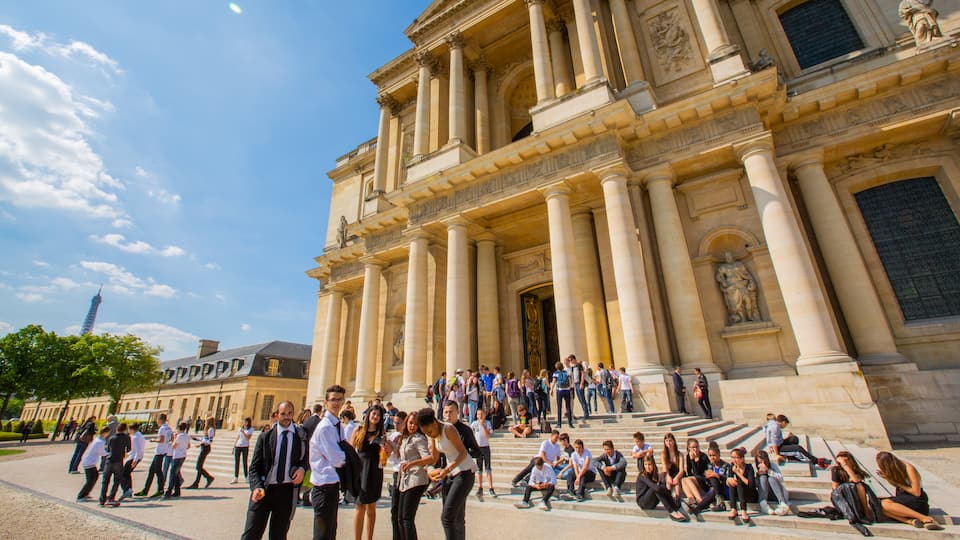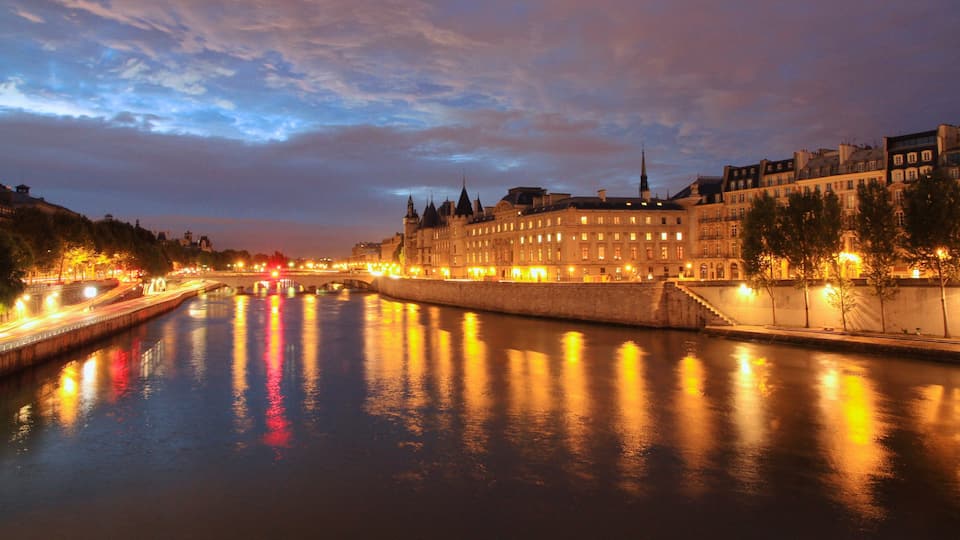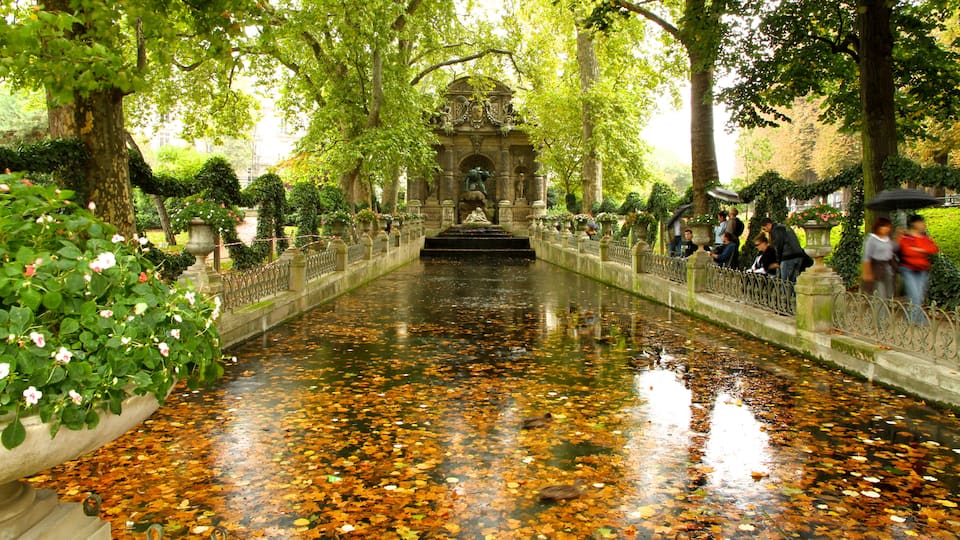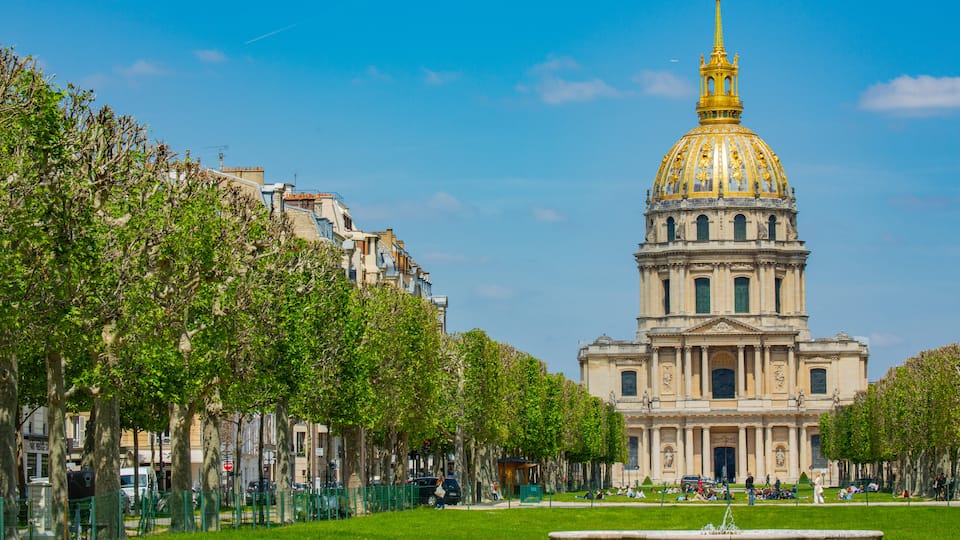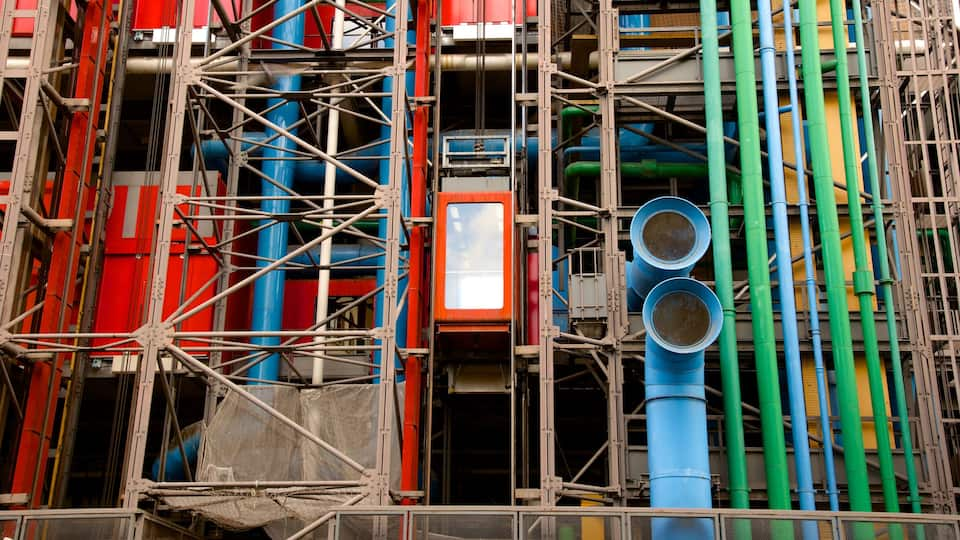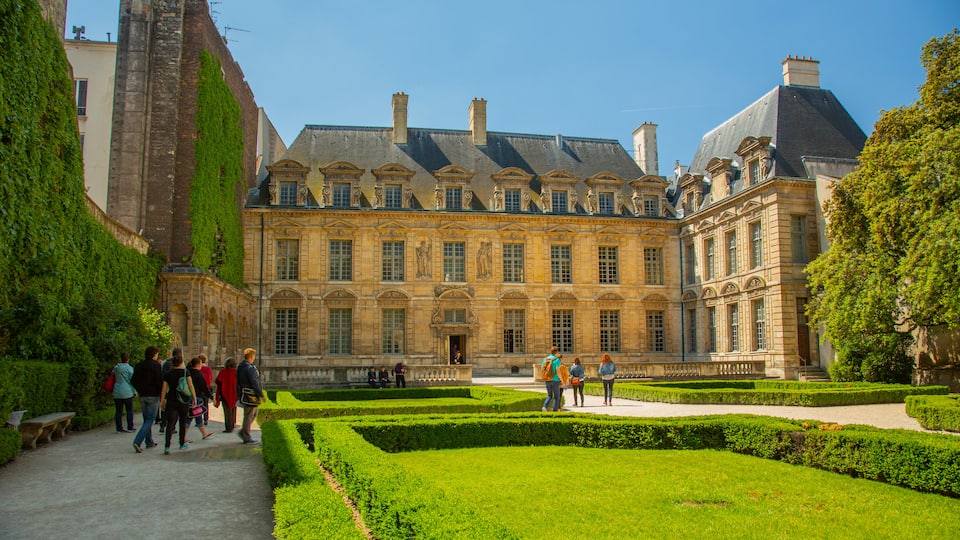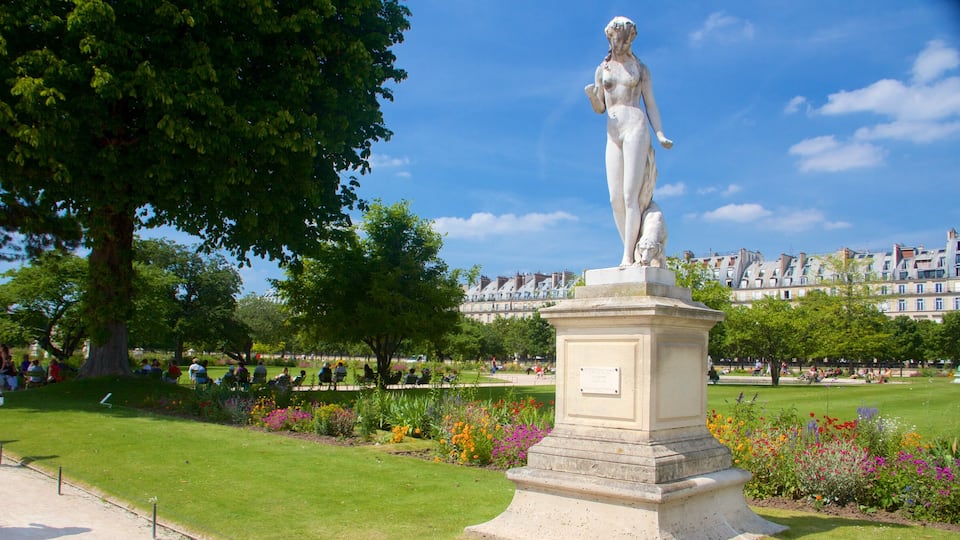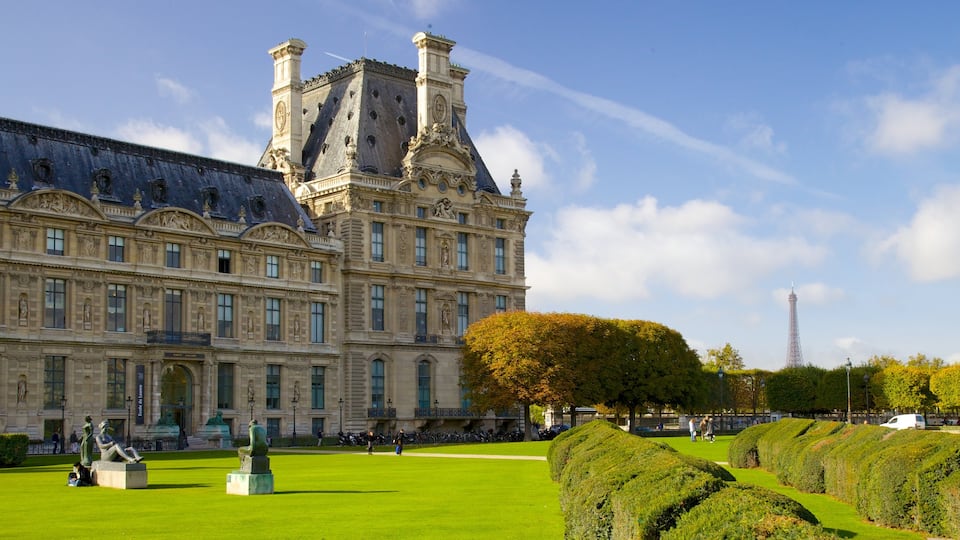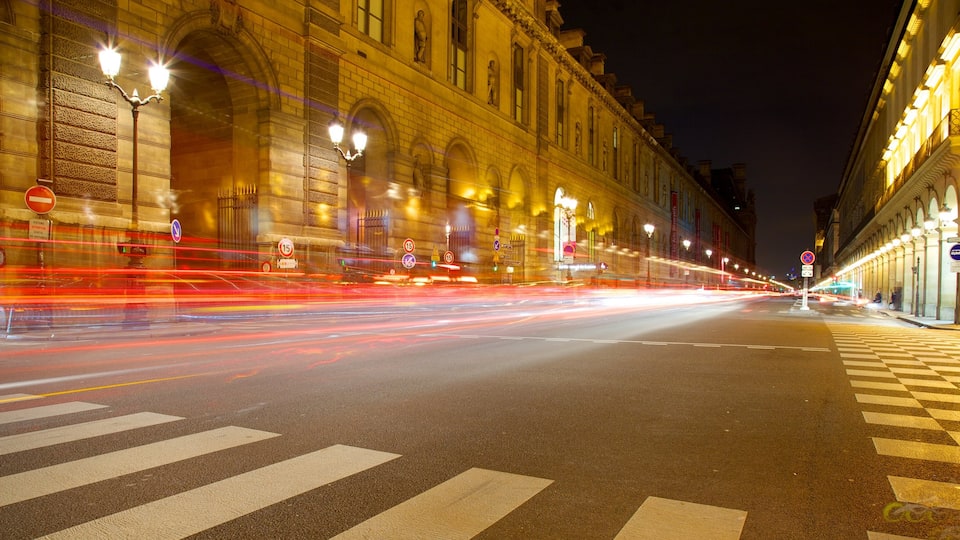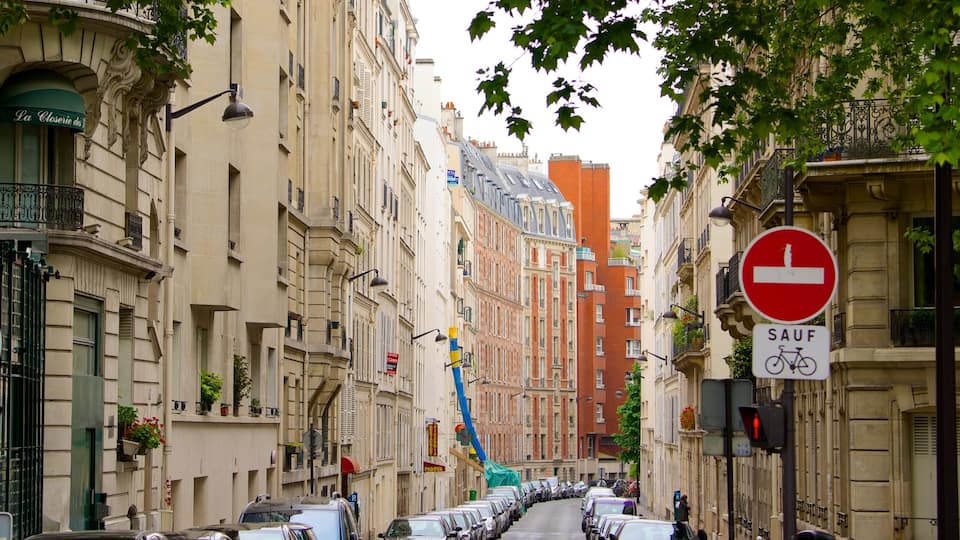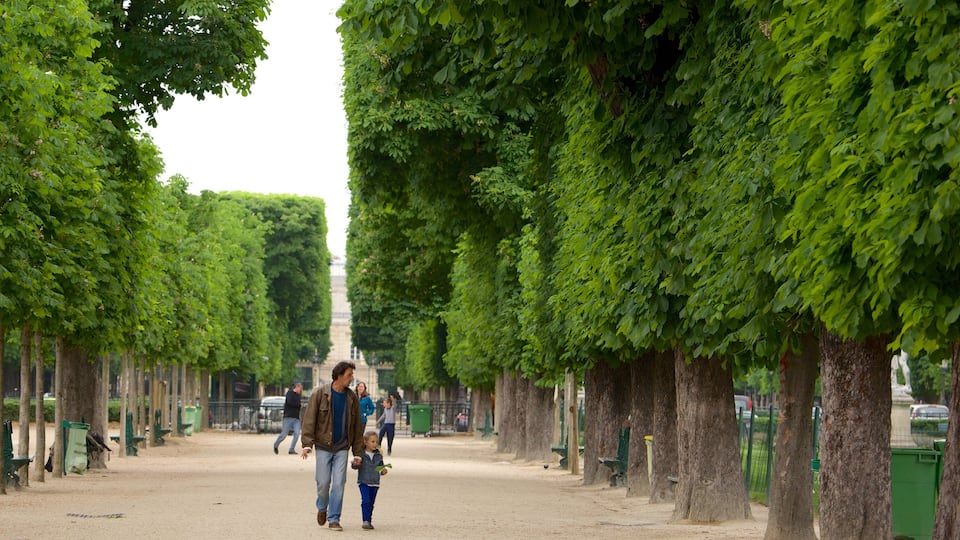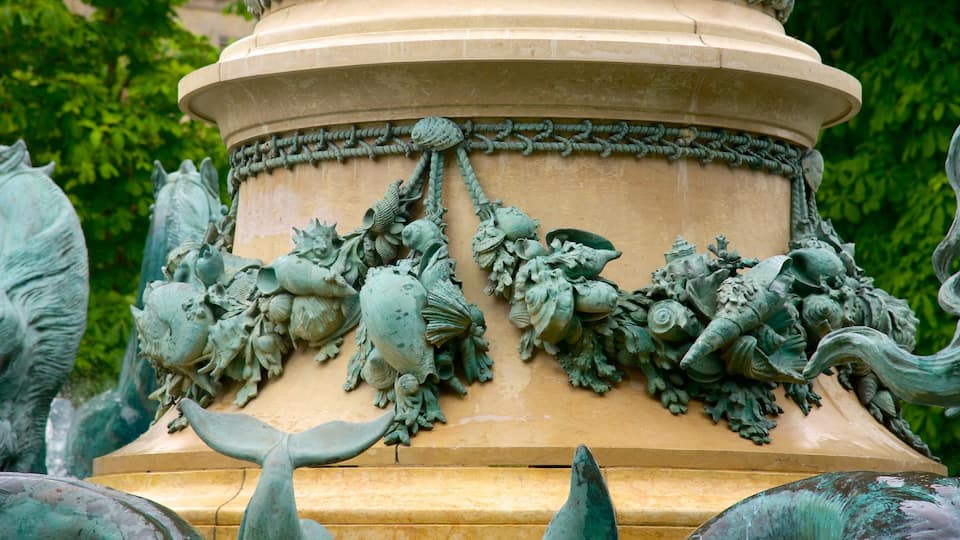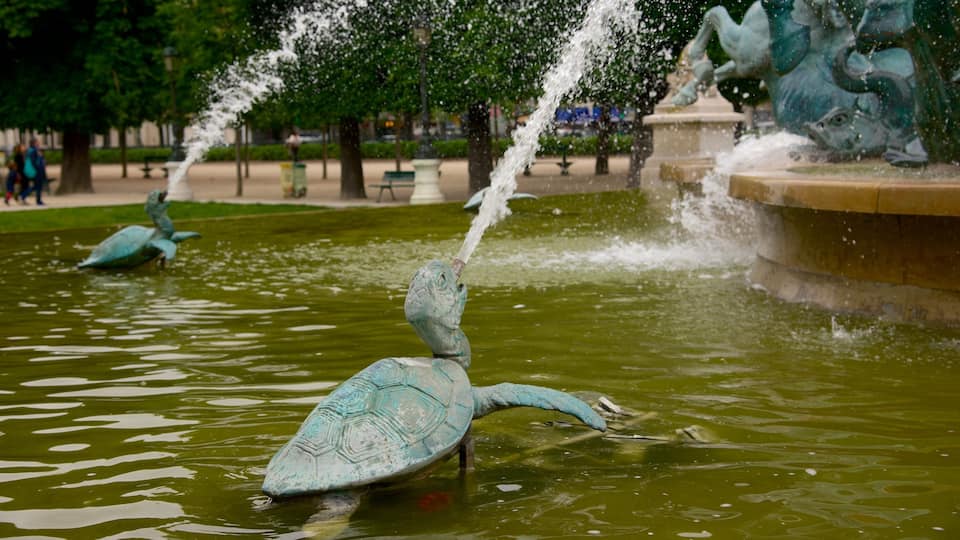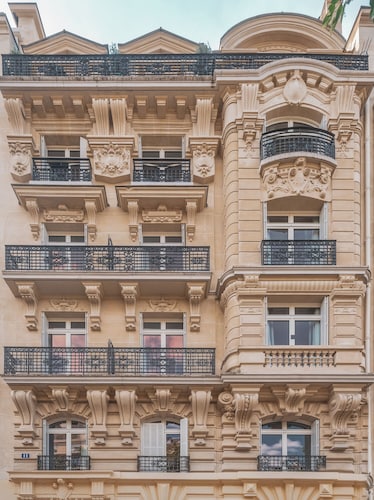Hotels 17. Arrondissement
Probiere es mit einer anderen Unterkunft als sonst in 17. Arrondissement
Überprüfe die Preise für diese Daten
17. Arrondissement – unsere Top-Auswahl an Hotels

Hôtel Korner Etoile

ELSA, Hôtel Paris
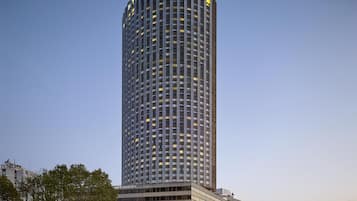
Hyatt Regency Paris Etoile

Villa Alessandra

Le Méridien Paris Arc De Triomphe

Hotel Le Magellan
Unterkünfte in 17. Arrondissement
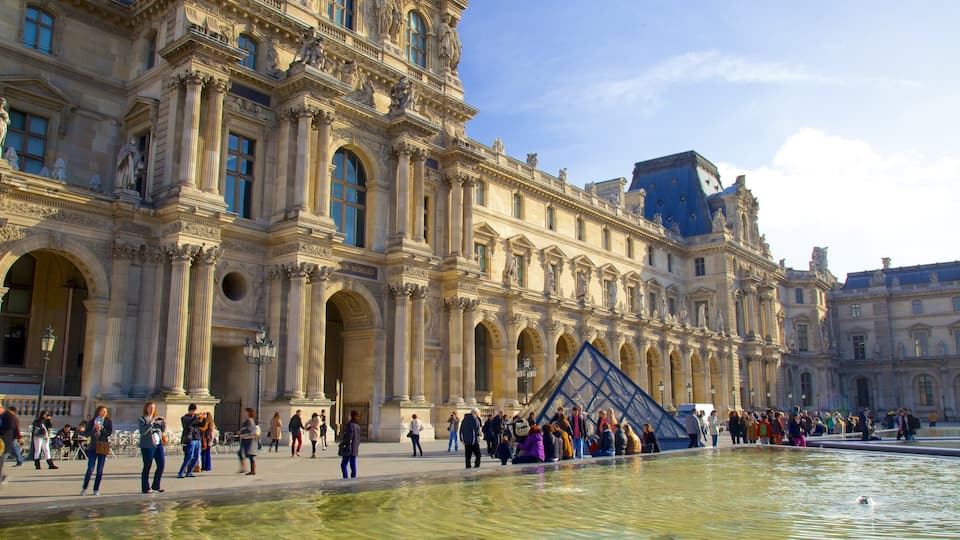
Stadtzentrum von Paris
Louvre und Notre-Dame sind nur zwei der vielen Top-Attraktionen in Stadtzentrum von Paris. Nutz die Metro von der Metrostation Palais Royal-Musée du Louvre oder U-Bahn-Station Louvre - Rivoli, um an diesem Reiseziel von A nach B zu kommen, und erkunde seine faszinierenden Museen, seine atemberaubende Kathedrale und seine charmanten Cafés.
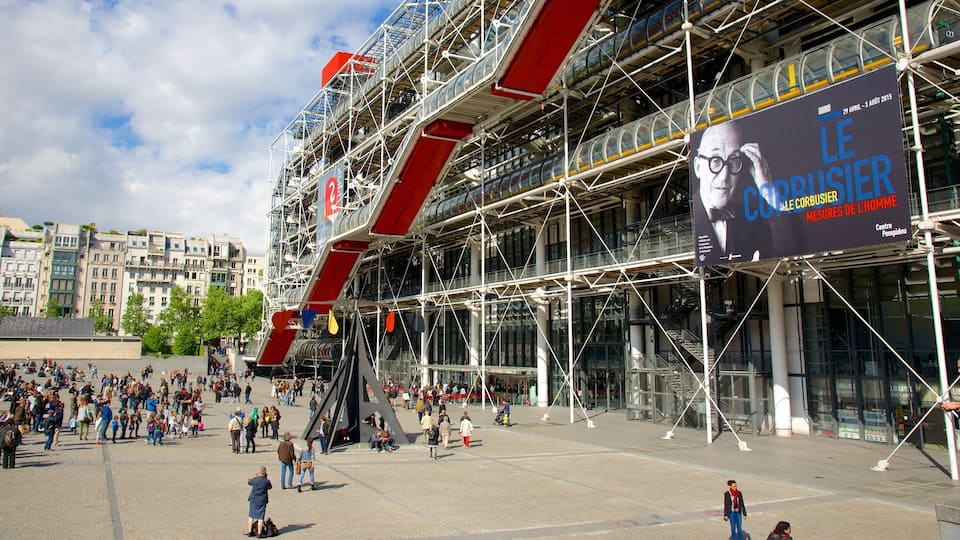
Marais
Das 3. und 4. Arrondissement von Paris sind gespickt mit historischen und architektonischen Wunderwerken. Hier befindet sich auch Europas größtes Museum für moderne Kunst.
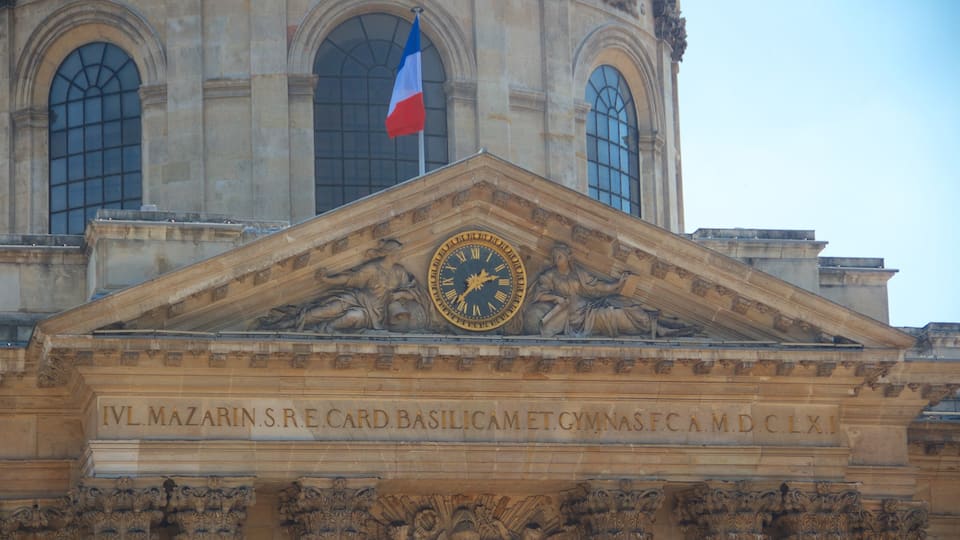
Saint-Germain-des-Prés
Charmante Cafés und tolle Einkaufsmöglichkeiten sind nur einige der Dinge, die Saint-Germain-des-Prés so besonders machen. Ein Besuch von Sehenswürdigkeiten wie Abtei St-Germain-des-Prés oder Place Saint-Germain-des-Prés ist ebenfalls empfehlenswert, und wenn du die Stadt erkunden möchtest, nimm einfach die Bahn von der U-Bahn-Station Mabillon.
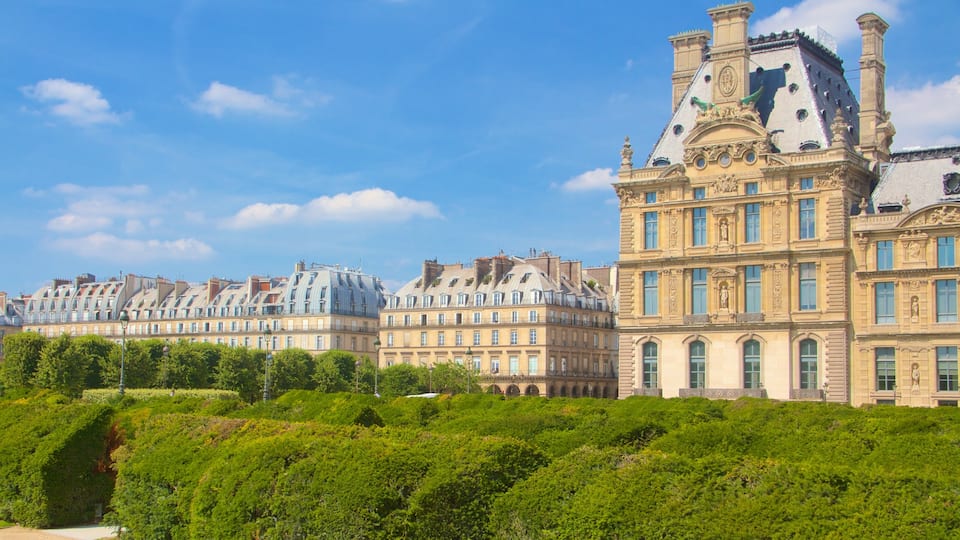
Saint-Germain-l'Auxerrois
Museen, historische Stätten und eine Flusskulisse sind nur drei der vielen Dinge, die Reisende an Saint-Germain-l'Auxerrois schätzen. Sehenswürdigkeiten wie Louvre und La Carrousel du Louvre laden zur Erkundung ein, und wenn du deine Tour auch auf Paris ausweiten möchtest, spring einfach an der U-Bahn-Station Louvre - Rivoli in die Bahn.
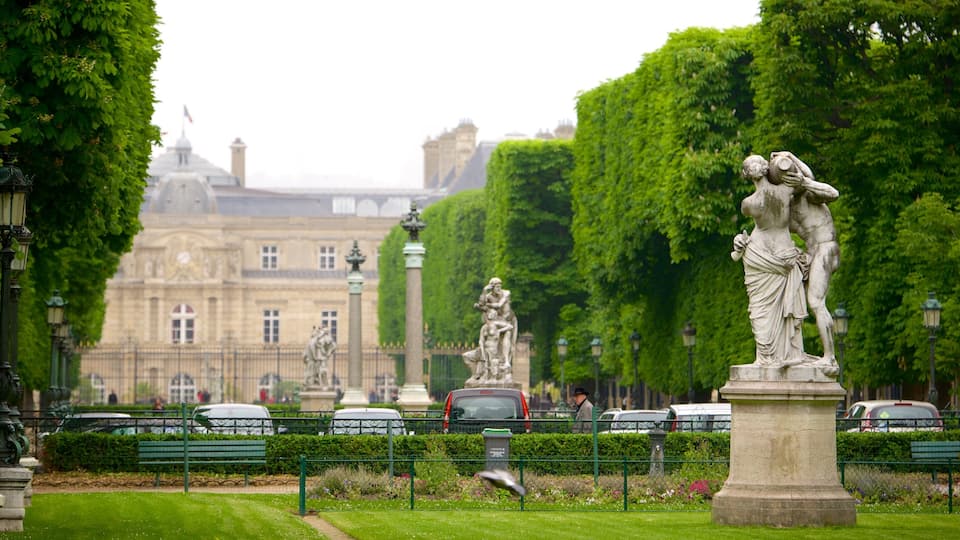
6. Arrondissement
Die Pariser Intelligentsia, das lebendige Lateinische Viertel, pittoreske Gärten und urbane Kaffeekultur – das ist das sechste Arrondissement von Paris.
Entdecke mit Expedia eine Welt voller Reisen
Häufig gestellte Fragen
Reiseziele in der Nähe von Paris
- Hotels in Stadtzentrum von Paris
- Hotels in Marais
- Hotels in Saint-Germain-des-Prés
- Hotels in Saint-Germain-l'Auxerrois
- Hotels in 6. Arrondissement
- Hotels in Champs-Élysées
- Hotels in 7. Arrondissement
- Hotels in Montmartre
- Hotels in Quartier du Gros-Caillou
- Hotels in Montparnasse
- Hotels in 8. Arrondissement
- Hotels in 1. Arrondissement
- Hotels in Quartier Latin
- Hotels in Odéon
- Hotels in Les Halles
- Hotels in Sorbonne
- Hotels in Quartier des Invalides
- Hotels in 5. Arrondissement
- Hotels in Saint-Thomas-d'Aquin
- Hotels in 15. Arrondissement
Hotels in der Nähe von anderen Attraktionen
In der Nähe eines Bahnhofs oder einer Station
Themenhotels
Alternative Unterkünfte in 17. Arrondissement
Naheliegende Hotels bei anderen Flughäfen & Bahnhöfen
Sternekategorie
Mehr Möglichkeiten zum Buchen
Neueste Trends bei Expedia
- 11. Arrondissement besuchen
- Montmartre besuchen
- Bercy besuchen
- 10. Arrondissement besuchen
- 5. Arrondissement besuchen
- 14. Arrondissement besuchen
- Pigalle besuchen
- 6. Arrondissement besuchen
- Quartier Latin besuchen
- 16. Arrondissement besuchen
- 9. Arrondissement besuchen
- Stadtzentrum von Paris besuchen
- 3. Arrondissement besuchen
- Saint-Germain-des-Prés besuchen
- 15. Arrondissement besuchen
- Montparnasse besuchen
![The Arc de Triomphe de l'Étoile (Triumphal Arch of the Star) is one of the most famous monuments in Paris. It stands in the centre of the Place Charles de Gaulle (originally named Place de l'Étoile), at the western end of the Champs-Élysées. It should not be confused with a smaller arch, the Arc de Triomphe du Carrousel, which stands west of the Louvre. The Arc de Triomphe honours those who fought and died for France in the French Revolutionary and the Napoleonic Wars, with the names of all French victories and generals inscribed on its inner and outer surfaces. Beneath its vault lies the Tomb of the Unknown Soldier from World War I. The Arc de Triomphe is the linchpin of the Axe historique (historic axis) – a sequence of monuments and grand thoroughfares on a route which runs from the courtyard of the Louvre to the Grande Arche de la Défense. The monument was designed by Jean Chalgrin in 1806 and its iconographic program pits heroically nude French youths against bearded Germanic warriors in chain mail. It set the tone for public monuments with triumphant patriotic messages. The monument stands 50 metres in height, 45 m wide and 22 m deep. Its design was inspired by the Roman Arch of Titus. The Arc de Triomphe is built on such a large scale that, three weeks after the Paris victory parade in 1919 (marking the end of hostilities in World War I), Charles Godefroy flew his Nieuport biplane through it, with the event captured on newsreel. It was the tallest triumphal arch in existence until the completion of the Monumento a la Revolución in Mexico City in 1938, which is 67 metres high. The Arch of Triumph in Pyongyang, completed in 1982, is modelled on the Arc de Triomphe and is slightly taller at 60 m [Wikipedia.org]](https://images.trvl-media.com/place/6187899/ce730aaa-6e04-4cb2-ae2d-4e846d97c027.jpg?impolicy=fcrop&w=1200&h=500&q=medium)











